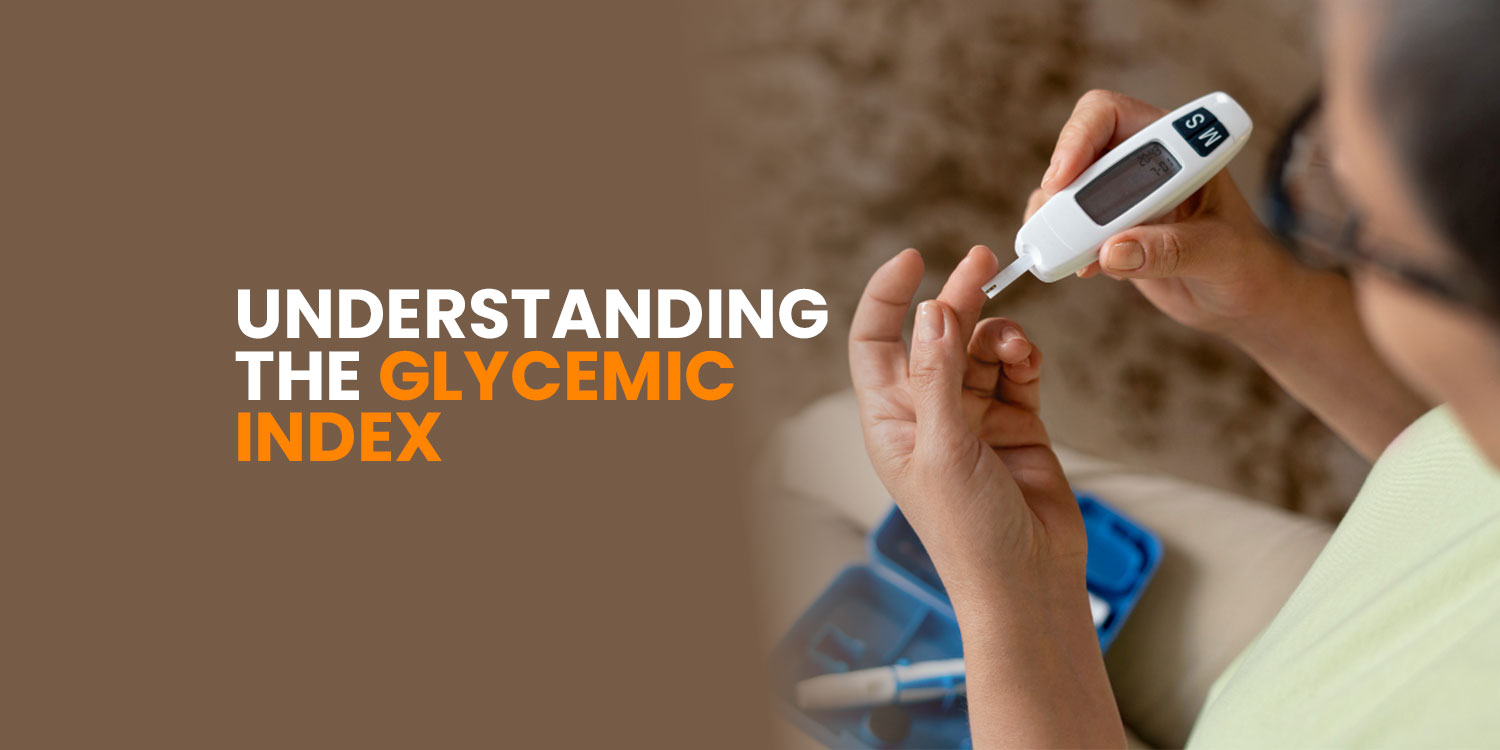Understanding the Glycemic Index: Why It Matters for Your Health
In today’s fast-paced world, making healthy food choices can be challenging. One essential tool to help guide those choices is the Glycemic Index (GI)—a measure of how carbohydrate-containing foods impact blood sugar levels. Understanding the GI of foods you consume can be crucial for managing diabetes, maintaining a healthy weight, and reducing the risk of heart disease (Jenkins et al., 2002; Augustin et al., 2015).
What is the Glycemic Index?
The Glycemic Index (GI) ranks foods on a scale from 0 to 100 based on how quickly they raise blood glucose levels over a two-hour period (Atkinson et al., 2008).
- Low GI (≤55): Foods that result in a gradual increase in blood sugar and insulin levels.
- Medium GI (56–69): Foods that cause a moderate rise in blood sugar.
- High GI (≥70): Foods that lead to rapid spikes in blood sugar and insulin.
High-GI foods can contribute to weight gain, insulin resistance, and an increased risk of type 2 diabetes, heart disease, and obesity (Augustin et al., 2015). On the other hand, low-GI foods promote stable blood sugar levels, reduce hunger, and support long-term health (Barclay et al., 2008).

Incorporating the Glycemic Index into Your Diet
1. Choose Low-GI Carbohydrates
Opting for low-GI foods helps maintain stable blood sugar levels and reduces cravings.
- Prefer whole grains (quinoa, barley, bulgur) over refined grains like white rice or white bread.
- Select fiber-rich vegetables and fruits like apples, berries, and sweet potatoes over high-GI options like watermelon and regular potatoes.
- Incorporate legumes such as lentils, chickpeas, and black beans into meals for sustained energy (Jenkins et al., 2002).
2. Combine Foods Wisely
Pairing high-GI foods with protein, healthy fats, or fiber can lower the overall glycemic impact of a meal.
- Example: Adding nuts or cheese to whole-grain bread can help reduce blood sugar spikes.
- Example: Mixing vegetables and lean protein with pasta can slow glucose absorption (Wolever et al., 1994).
3. Be Mindful of Cooking Methods
The way food is prepared can significantly affect its GI.
- Less processed foods tend to have a lower GI than their highly refined counterparts.
- Coarsely ground grains maintain fiber content, which slows digestion.
- Cooking techniques: Using less water and cooking for a shorter time can help maintain a lower GI (Brand-Miller et al., 2003).

Conclusion
The Glycemic Index is a valuable tool for making informed food choices. While it is particularly useful for diabetes management and weight control, anyone can benefit from prioritizing low-GI foods. By choosing whole, fiber-rich foods and combining meals wisely, you can maintain stable blood sugar levels, reduce hunger, and promote long-term health. Small dietary changes can lead to big health benefits—start incorporating low-GI foods into your meals today!

References
Atkinson, F. S., Foster-Powell, K., & Brand-Miller, J. C. (2008). International tables of glycemic index and glycemic load values: 2008. Diabetes Care, 31(12), 2281–2283. https://doi.org/10.2337/dc08-1239
Augustin, L. S. A., Kendall, C. W. C., Jenkins, D. J. A., Willett, W. C., Astrup, A., Barclay, A. W., … & Brand-Miller, J. C. (2015). Glycemic index, glycemic load and glycemic response: An International Scientific Consensus Summit from the International Carbohydrate Quality Consortium (ICQC). Nutrition, Metabolism and Cardiovascular Diseases, 25(9), 795–815. https://doi.org/10.1016/j.numecd.2015.05.005
Barclay, A. W., Petocz, P., McMillan-Price, J., Flood, V. M., Prvan, T., Mitchell, P., & Brand-Miller, J. C. (2008). Glycemic index, glycemic load, and chronic disease risk—a meta-analysis of observational studies. The American Journal of Clinical Nutrition, 87(3), 627–637. https://doi.org/10.1093/ajcn/87.3.627
Brand-Miller, J., Foster-Powell, K., Holt, S. H. A., & Pawlak, D. B. (2003). The new glucose revolution: The authoritative guide to the glycemic index—the groundbreaking medical discovery. Marlowe & Company.
Jenkins, D. J. A., Kendall, C. W. C., Augustin, L. S. A., Franceschi, S., Hamidi, M., Marchie, A., … & Axelsen, M. (2002). Glycemic index: Overview of implications in health and disease. The American Journal of Clinical Nutrition, 76(1), 266S–273S. https://doi.org/10.1093/ajcn/76/1.266S
Wolever, T. M. S., Jenkins, D. J. A., Jenkins, A. L., & Josse, R. G. (1994). The glycemic index: Methodology and clinical implications. The American Journal of Clinical Nutrition, 59(3 Suppl), 747S–752S. https://doi.org/10.1093/ajcn/59.3.747S




